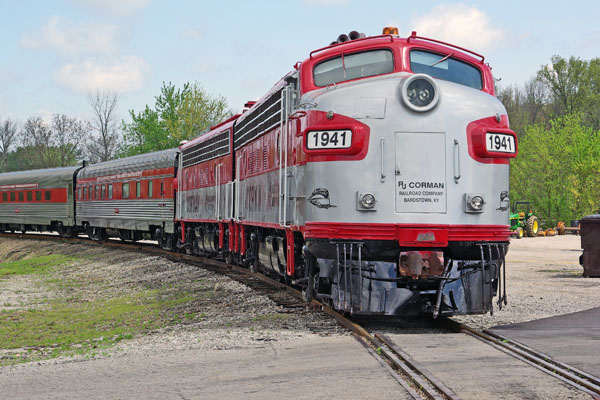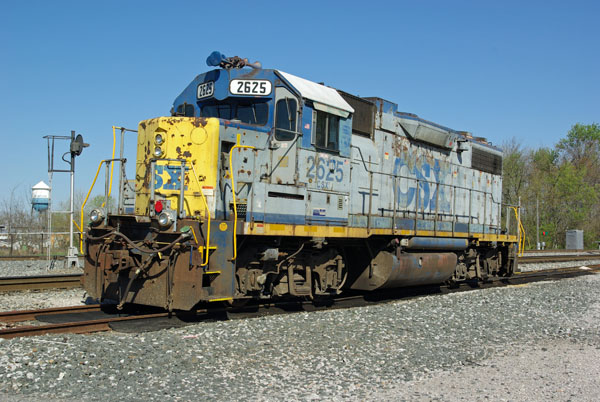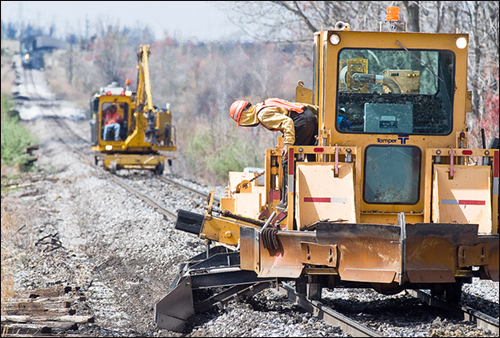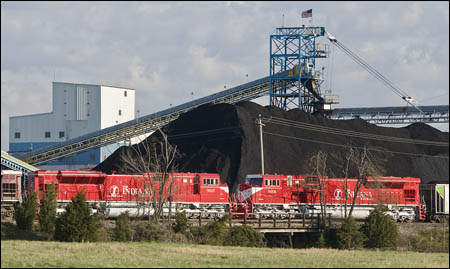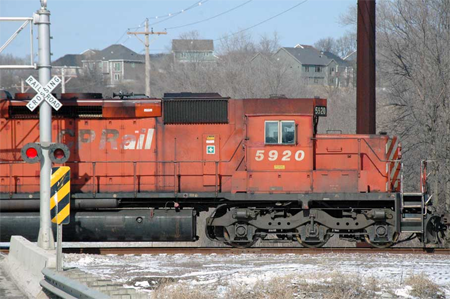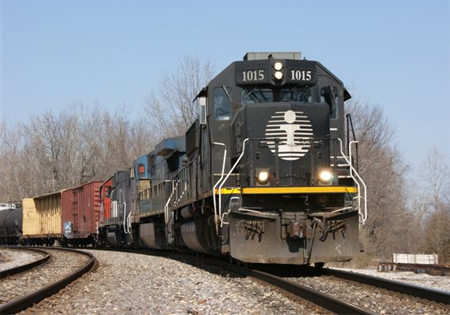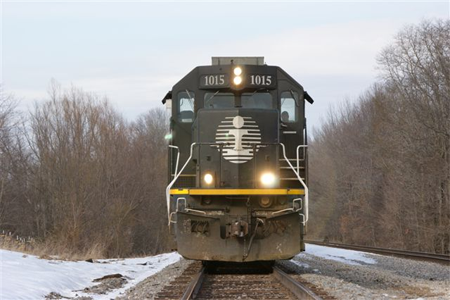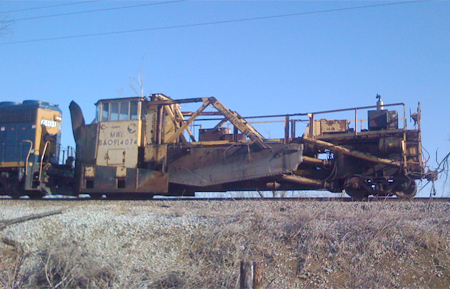Much conversation has ensued here in the little hamlet of Madisonville, KY, about the removal of the Earlington, former L&N, main line through downtown. I have a bias opinion – I admit it! But, as a fiscal and political conservative, I believe there could be many places stimulus and tax money could be spent to give our community a better return on its investment. No room for a numerated list here, but we all could come up with ideas.
In the Christmas-season movie It’s a Wonderful Life, by Frank Capra, James Stewart, who plays George Bailey, an ambitious young man trying his best to get out of the fictional small town in which he feels imprisoned, asks this question of his uncle Billy. “What are the three most exciting sounds in the world? Anchor chains, plane motors and train whistles!” he answers himself.
My office at First Baptist Church sits about 75 yards from the Earlington main. As CSX’s “Dark Future” towing machines drag train after train of containers, flats piled high with lumber from the Northwest, tanks of molten sulfur, boxcars of paper and automobile parts, and so many various other products, I am reminded that train horns (no whistles any more) represent a lot of positive things. For the local community, I would guess that CSX is paying some amount of property tax to towns and cities through which they pass. This would not only affect Madisonville, but Earlington. (these are assumptions—admittedly). Beyond the local impact is the region, state, and nations on the North American continent, not to mention the global market for which the container traffic serves as a conduit. When tons of freight are moving through, it is a sign of some economic health, regardless of how bad things may seem.
To me, how sad it would be to no longer see these symbols of “transportational” vigor ply the north/south axis of our town. True, if the trains were moved to the cut-off, nothing would change any of this. But, I know how little boys (and their fathers) perk up at one of the most exciting sounds in the world. And let’s face it, the “Best town on earth” could use a little excitement every now and then. I think 30 to 40 shots a day is great.
How about a town sub-slogan, “We’re on Track!”? How about an annual festival, “Coal Days” featuring the coal and rail industry in Hopkins county? Just some thoughts.
-Bill Thomas, editor
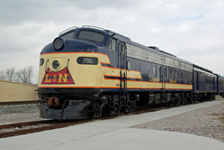 The Chapter was well represented at the annual sHOw at Bowling Green on Saturday March 7, 2009. This year the event was held at the RailPark and Museum in the nicely restored L&N depot on CSX’s main line from Louisville to Nashville. The recently acquired E8 in fresh L&N paint is the feature of the outdoor display along with an RPO and several passenger cars.
The Chapter was well represented at the annual sHOw at Bowling Green on Saturday March 7, 2009. This year the event was held at the RailPark and Museum in the nicely restored L&N depot on CSX’s main line from Louisville to Nashville. The recently acquired E8 in fresh L&N paint is the feature of the outdoor display along with an RPO and several passenger cars. 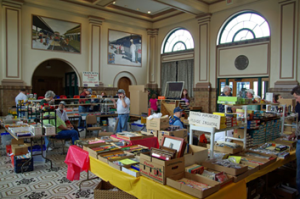 I left before the show closed so other Chapter members may have attended later in the day. It was a very nice show and from what I could tell, very well attended. – Chuck Hinrichs
I left before the show closed so other Chapter members may have attended later in the day. It was a very nice show and from what I could tell, very well attended. – Chuck Hinrichs
